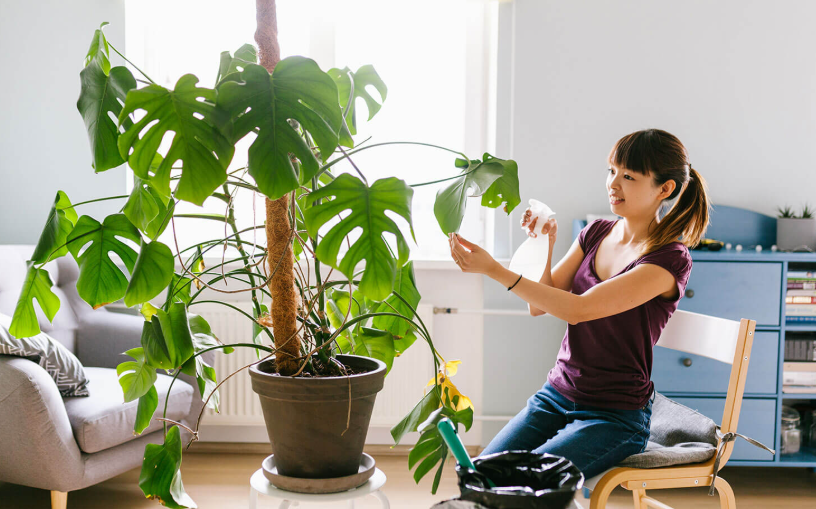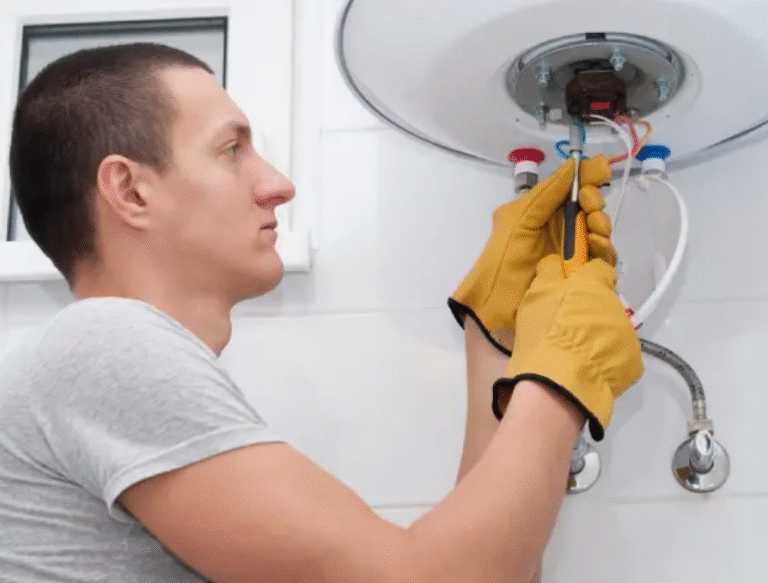How to Move Plants Safely and Keep Them Thriving
Relocating to a new home in Chicago brings excitement and challenges, especially for those who own cherished houseplants. While hiring a moving company and experienced movers can make transporting furniture and boxes easier, moving living plants requires special care. Unlike inanimate items, plants need attention to temperature, moisture, and light conditions to survive the transition. With careful preparation and mindful handling, your plants can continue to grow and thrive in their new environment.
Preparing Plants Before the Move
The success of moving plants begins weeks before the actual moving date. A few weeks in advance, inspect each plant for pests and remove any dead leaves or flowers. Pruning promotes healthy growth and prevents the spread of disease during the stress of relocation. Repotting into lightweight, shatterproof containers is another helpful step, particularly if your plants currently sit in fragile clay or ceramic pots. Plastic containers are easier to handle and less prone to breakage during transit. This early preparation reduces the risk of damage and ensures that plants are in strong condition when moving day arrives.
Managing Watering Schedules
One of the most common mistakes when transporting plants is improper watering. Overwatering before a move can cause root rot, while underwatering can lead to wilted, unhealthy leaves. The best practice is to water plants normally a few days before the move so that the soil is slightly moist but not saturated. This keeps roots hydrated during transport without making pots heavier or creating leaks. For long-distance relocations, consider bringing a small spray bottle to mist foliage and lightly maintain humidity throughout the journey.
Protecting Plants During Transit
On moving day, plants need extra protection to withstand the bumps and temperature changes of travel. Wrapping pots in newspaper or bubble wrap adds stability and prevents cracks. Place smaller plants in open boxes lined with packing paper to keep them upright and contained. Larger floor plants should be secured with soft ties or stretch wrap to prevent branches from breaking. Keeping plants in the passenger area of a vehicle, rather than in a moving truck, provides more stable temperatures and reduces shock from extreme heat or cold.
Maintaining Temperature and Light
Plants are sensitive to fluctuations in temperature and light, both of which can change rapidly during a move. Avoid leaving them in a vehicle for extended periods, especially in direct sunlight or cold weather. During stops, check the condition of delicate varieties that may require extra care. Once at the new location, prioritize placing plants in areas with similar lighting to their previous environment. Gradually adjusting them to new light conditions prevents stress and allows them to adapt more smoothly to the change.
Unpacking and Settling Plants
After arriving at the new home, plants should be among the first items to be unpacked. Remove wrapping materials carefully and check for any broken stems or damaged leaves. Allow them to rest in a stable environment for a few days before making changes to containers or soil. Moving is stressful for plants, and immediate repotting can add further strain. Instead, give them time to recover and monitor their water needs closely during the first week. A gentle return to routine care helps them bounce back more quickly.
See also: Shield Your Shelter: Smart Ways to Protect Your Home’s Structure
Special Considerations for Large or Rare Plants
Larger plants, as well as rare or high-value specimens, often require additional planning. Some species are more sensitive to relocation and may not tolerate extreme handling. For these, investing in specialized plant-moving containers or consulting horticultural experts can be worthwhile. Labeling boxes with clear instructions such as “Live Plants—Handle With Care” ensures that anyone assisting in the move understands their fragile nature. Taking these precautions preserves not only the plant’s condition but also the years of care invested in its growth.
Houseplants bring life, beauty, and a sense of calm to any space, so ensuring their safe relocation deserves careful attention. By preparing in advance, managing water levels, protecting them during travel, and easing their adjustment into a new environment, you can help them continue to thrive. For the rest of your move in Chicago, relying on 2 Guys and a Van ensures a smooth and efficient relocation experience.






